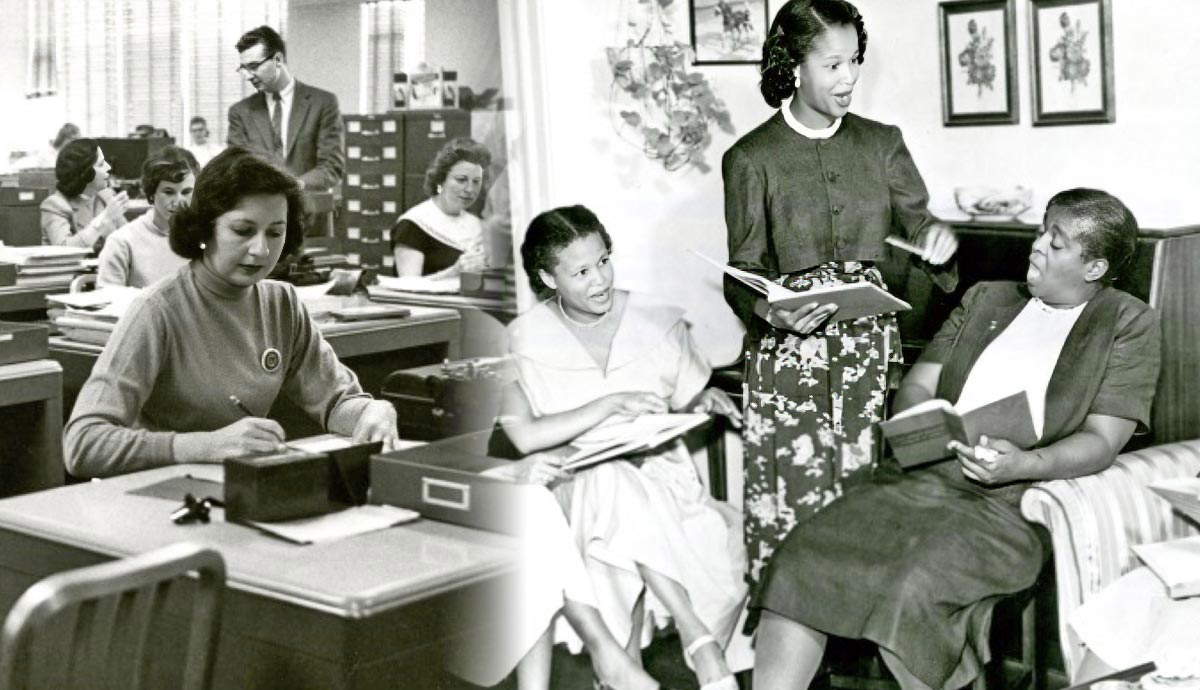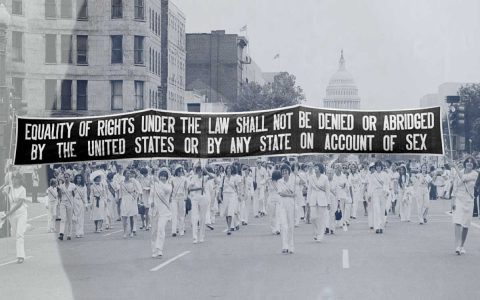The 1950s woman holds profound historical significance due to her role in shaping post-war social, economic, and cultural landscapes, which laid the groundwork for modern feminist movements. This era represented a critical intersection of tradition and impending change.
Role in Post-War Social Norms
The idealized image of the 1950s woman, often portrayed as a suburban housewife, reinforced traditional gender roles in the wake of World War II. Key insights include:
- Cultural reinforcement: Media and advertising promoted domesticity, framing women primarily as homemakers and caregivers. This created societal expectations that dominated American and Western cultures.
- Family dynamics: Amid the baby boom, women's focus on family stability drove demographic shifts, influencing marriage and child-rearing patterns that defined mid-century life.
- Psychological impact: This era suppressed female aspirations, leading to widespread discontent, as highlighted in Betty Friedan's "The Feminine Mystique," setting the stage for later activism.
Economic Contributions and Consumer Influence
Women were pivotal drivers of economic growth despite limited formal recognition. Their influence extended to:

- Consumer power: As key household decision-makers, women fueled the post-war consumption boom, propelling industries like household goods, fashion, and suburban development.
- Labor force participation: Although undercounted, many women worked part-time or in low-wage jobs, contributing to economic expansion while facing systemic inequalities like the gender pay gap.
Catalyst for Social and Feminist Change
The constraints of the 1950s directly ignited transformative movements. This period is crucial because:
- Foundational discontent: Suppressed ambitions sparked early feminist thought, leading to the 1960s women's liberation movement, which advocated for equal rights and opportunities.
- Legacy in civil rights: Women's experiences highlighted intersectional inequalities, influencing broader social justice efforts, including racial and gender equality campaigns.
In summary, the 1950s woman was instrumental in crystallizing societal norms and economic structures, while her struggles became the catalyst for revolutionary changes in women's rights and identity. Her legacy underscores the importance of this era in understanding modern gender dynamics.












